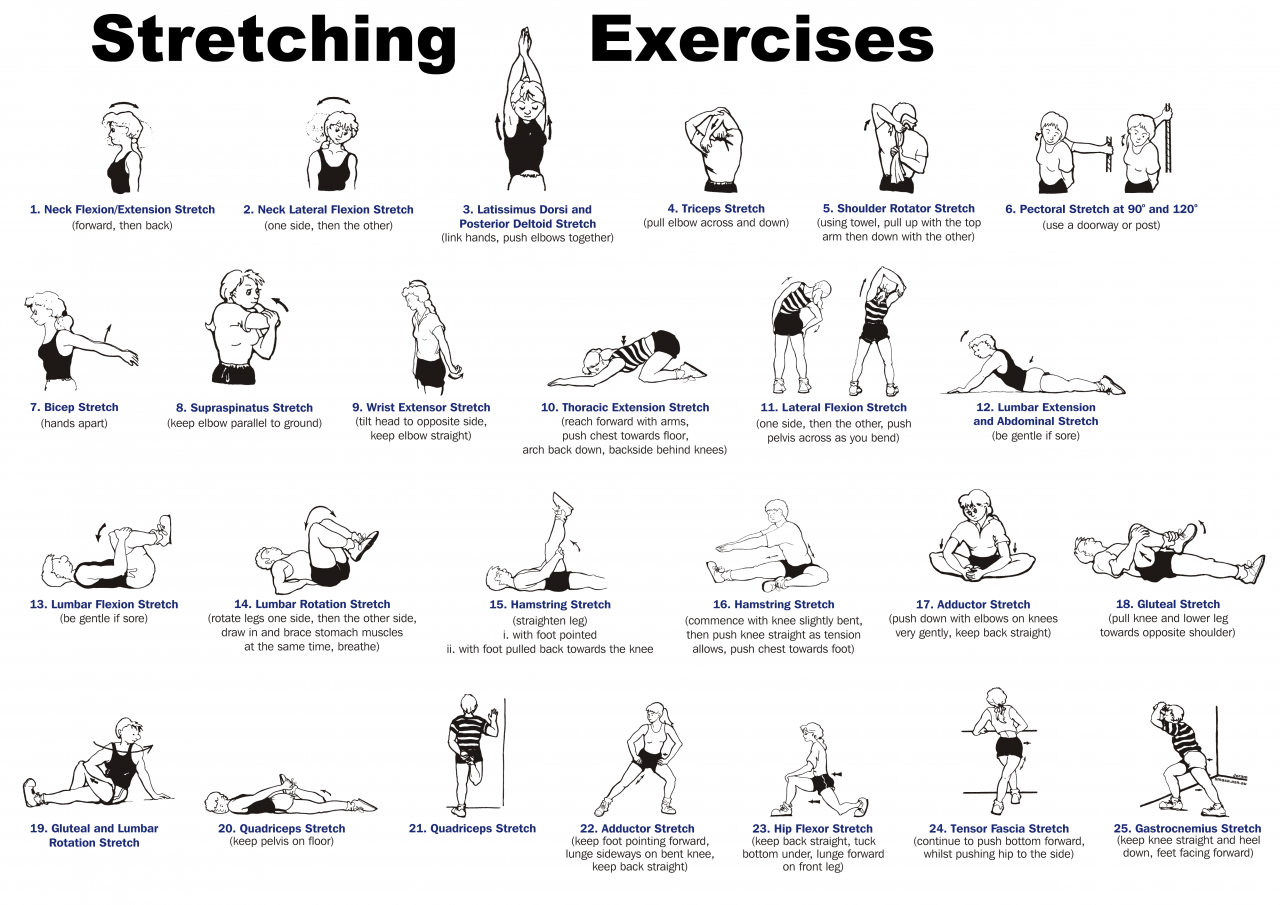
Explain why regular exercise is the best way to prevent flexibility issues. – As Regular Exercise: The Ultimate Defense Against Flexibility Woes takes center stage, this opening passage beckons readers into a world crafted with journalistic flair and a news-worthy tone, ensuring a reading experience that is both absorbing and distinctly original. The content of the second paragraph provides descriptive and clear information about the topic, setting the stage for a comprehensive exploration of the benefits of regular exercise for flexibility.
Express your love and gratitude to mothers in Vietnamese this Mother’s Day. Learn the phrase “Happy Mother’s Day” in Vietnamese and share it with those who hold a special place in your heart. Find the translation here .
Benefits of Regular Exercise for Flexibility: Explain Why Regular Exercise Is The Best Way To Prevent Flexibility Issues.

Maintaining and improving flexibility is crucial for overall physical well-being, and regular exercise plays a vital role in achieving this goal. Engaging in physical activities can enhance range of motion, reduce muscle stiffness, and prevent flexibility issues.
Types of Exercises for Flexibility, Explain why regular exercise is the best way to prevent flexibility issues.
- Stretching:Dynamic and static stretching exercises gently elongate muscles, increasing their elasticity and range of motion.
- Strengthening:Resistance training exercises, such as weightlifting or bodyweight exercises, build muscle strength, which supports joint stability and flexibility.
- Range of Motion Exercises:Exercises like yoga, tai chi, and Pilates incorporate movements that challenge and improve range of motion throughout the body.
Mechanisms of Flexibility Improvement
Regular exercise enhances flexibility through various physiological mechanisms. Stretching lengthens muscle fibers, while strengthening exercises improve muscle coordination and control. Range of motion exercises increase the range of movement around joints, promoting flexibility and mobility.
Prevention of Flexibility Issues
Incorporating regular exercise into one’s routine can prevent or reduce the risk of developing flexibility issues. Flexibility issues, such as muscle tightness, joint stiffness, and reduced range of motion, can hinder physical activities and daily tasks.
As Mother’s Day approaches, a common question arises: “Do you say Happy Mother’s Day to a pregnant woman?” The answer is yes! Celebrate the expectant mother’s journey towards motherhood. Learn more about this special occasion.
Exercise helps maintain muscle elasticity, prevents muscle imbalances, and promotes joint health, reducing the likelihood of developing flexibility problems.
For those experiencing lower back pain, try these effective exercises at home. Explore a range of exercises to strengthen your back muscles and alleviate discomfort.
Considerations for Different Populations
When designing an exercise program for flexibility, it’s important to consider individual factors such as age, fitness level, and health conditions.
Understanding the anatomy of your back muscles is crucial for optimal health. Discover the major muscle groups that support your back and spine, enabling you to move efficiently.
Older adults may benefit from gentle stretching and range of motion exercises, while individuals with injuries or chronic conditions may require modifications or alternative exercises to maintain flexibility safely.
Last Word

In conclusion, the evidence presented throughout this article overwhelmingly supports the notion that regular exercise is the cornerstone of flexibility maintenance and improvement. By incorporating a variety of exercises that target stretching, strengthening, and range of motion, individuals can effectively prevent or mitigate flexibility issues, ensuring a life filled with ease of movement and vitality.
Essential Questionnaire
How often should I exercise to improve my flexibility?
As Mother’s Day approaches, it’s a time to celebrate the special women in our lives. From happy mother’s day sis to expectant mothers, it’s a day to express our love and appreciation. Whether you’re looking to alleviate lower back pain with lower back exercises at home or strengthen your back muscles , there are plenty of resources available to support your health and well-being.
Aim for at least 2-3 sessions per week, each lasting 30-60 minutes.
In celebration of Mother’s Day, heartfelt greetings of “happy mother’s day sis” can be found across social media platforms, while expectant mothers may also receive well wishes on this special occasion. To maintain a healthy back during pregnancy, consider incorporating lower back exercises at home . These exercises target the back muscles , helping to alleviate discomfort and improve posture.
What types of exercises are best for flexibility?
Celebrate the special bond between mothers and sisters this Mother’s Day. Express your love and appreciation with a heartfelt message: “Happy Mother’s Day, Sis!” Read more for inspiration.
Dynamic stretches, static stretches, yoga, Pilates, and Tai Chi are all excellent choices.
Is it too late to improve my flexibility if I’m already an adult?
Absolutely not! Regular exercise can improve flexibility at any age.







